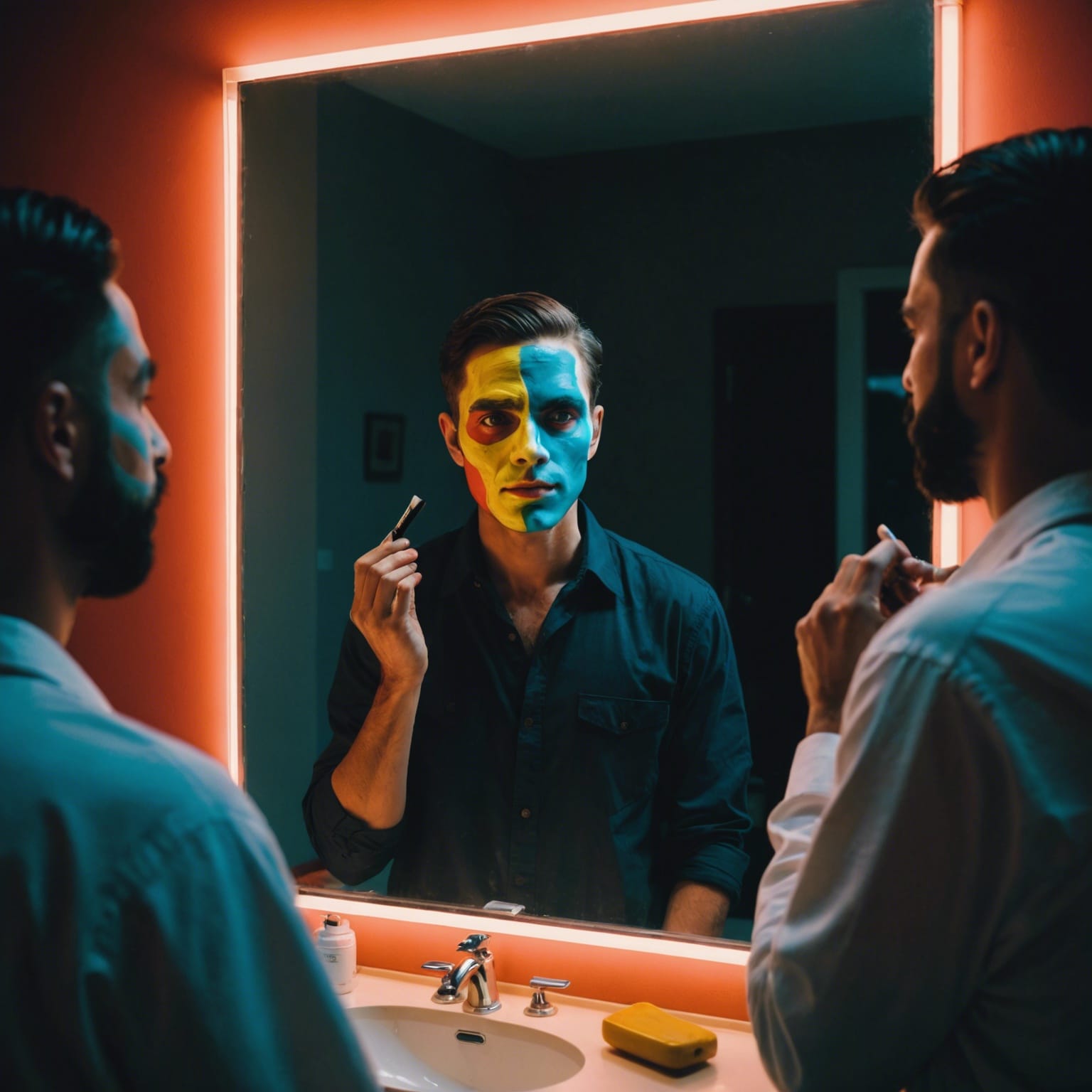The paper explores the nuanced landscape of male skincare consumption, emphasizing its emergence as an “invisible consumption” where men use skincare products but do not discuss or openly acknowledge this practice. Through interviews and web forums analysis, the study found that while younger men are more receptive to using skincare products, there remains a pervasive reluctance to discuss these habits openly, reflecting ongoing tensions within traditional gender norms.
In this course you will:
- Understand the Concept of Invisible Consumption: Participants will be able to define and discuss the concept of invisible consumption as it relates to male grooming products, recognizing the social and cultural factors that influence consumer behavior discreetly.
- Analyze Gender Norms and Identities in Consumer Behavior: Learners will analyze how traditional and emerging gender norms influence men’s consumption behaviors, particularly in the context of products traditionally associated with femininity, and discuss the implications for marketing strategies.
- Identify the Impacts of Neoliberalism on Masculinity: Course attendees will explore the effects of neoliberal market dynamics on masculine identities, examining how economic pressures and competitive individualism shape male consumption of beauty and skincare products.
- Develop Marketing Strategies Targeted at Male Consumers: Participants will learn to design and implement marketing strategies that effectively target male consumers without reinforcing traditional gender stereotypes, utilizing insights from the study on men’s attitudes towards skincare.
- Discuss the Societal Implications of Changing Consumption Patterns: Learners will engage in discussions about the broader societal implications of changing consumption patterns among men, including the impact on mental health, societal perceptions of masculinity, and potential shifts in gender roles.
Curriculum
- 1 Section
- 11 Lessons
- 4 Hours
Expand all sectionsCollapse all sections
- Course Content11
- 1.1Invisible Consumption – The starting point60 Minutes
- 1.2Invisible Consumption – Warm up15 Minutes
- 1.3Invisible Consumption – Crossword time20 Minutes
- 1.4Invisible Consumption – A case study15 Minutes
- 1.5Invisible Consumption – Scenario20 Minutes
- 1.6Invisible Consumption – Cryptic crossword20 Minutes
- 1.7Invisible Consumption – Wordoku20 Minutes
- 1.8Invisible Consumption – Connections
- 1.9Invisible Consumption – Multi-choice quiz20 Minutes
- 1.10Invisible Consumption – Glossary15 Minutes
- 1.11Invisible Consumption – Next steps and further readings10 Minutes


